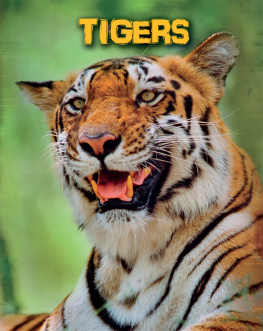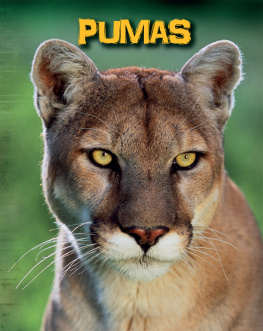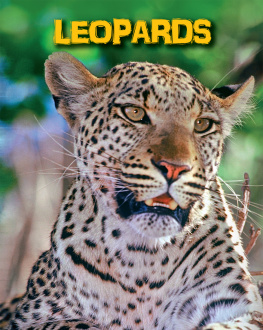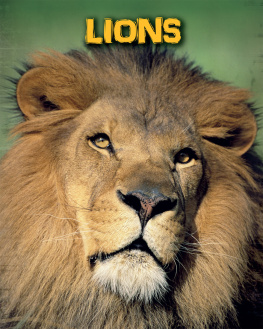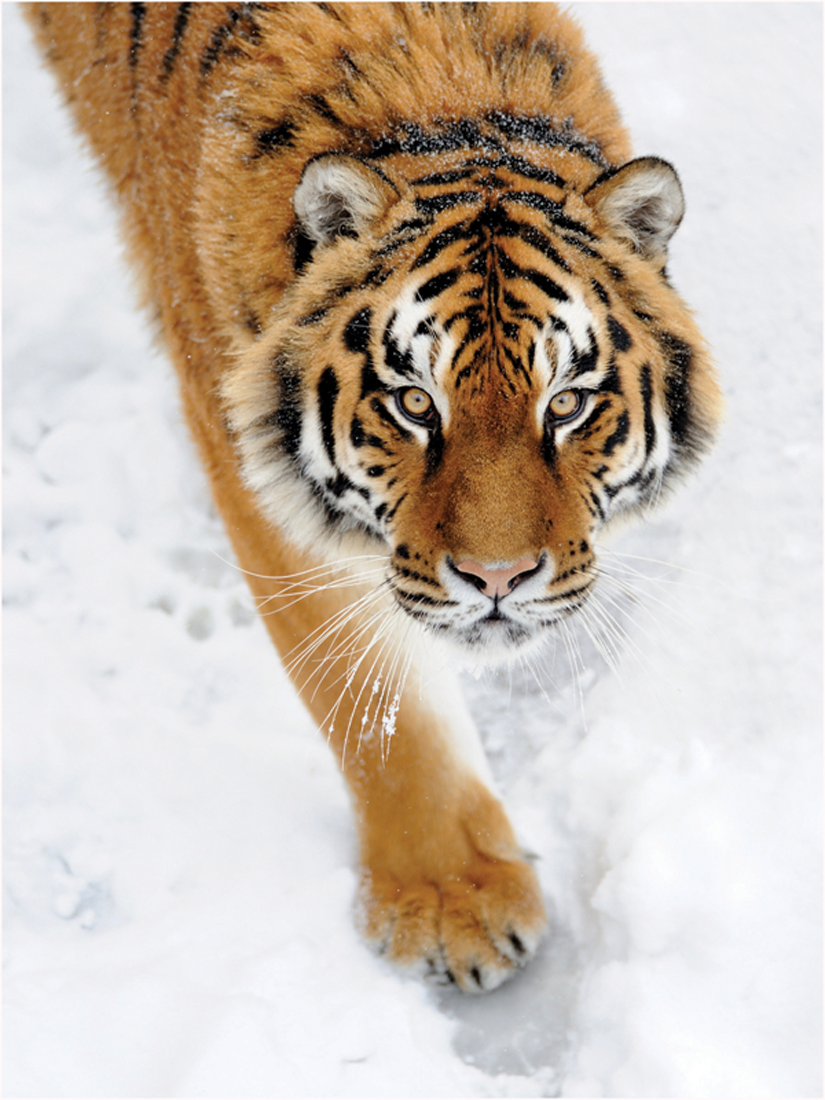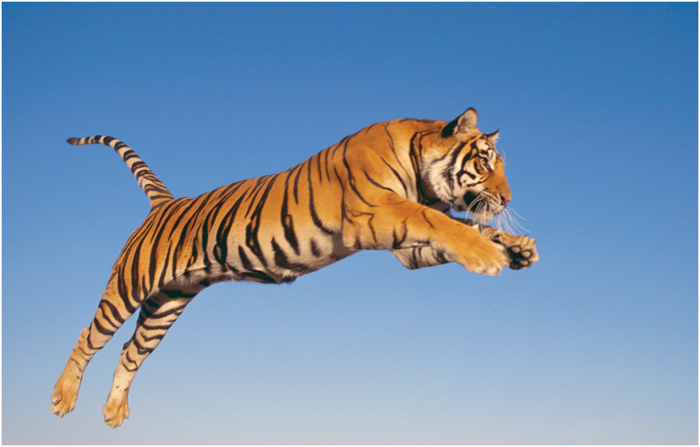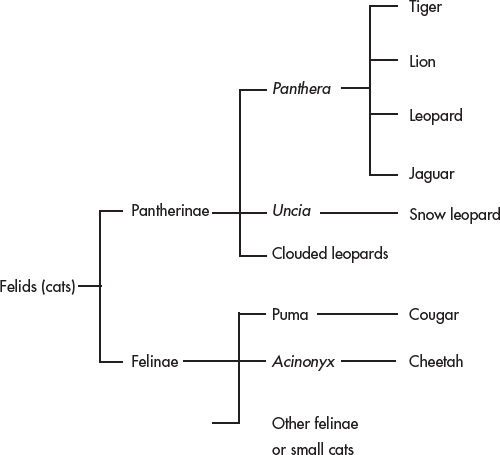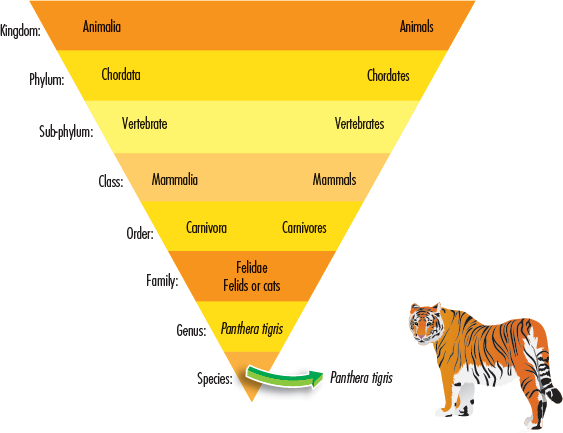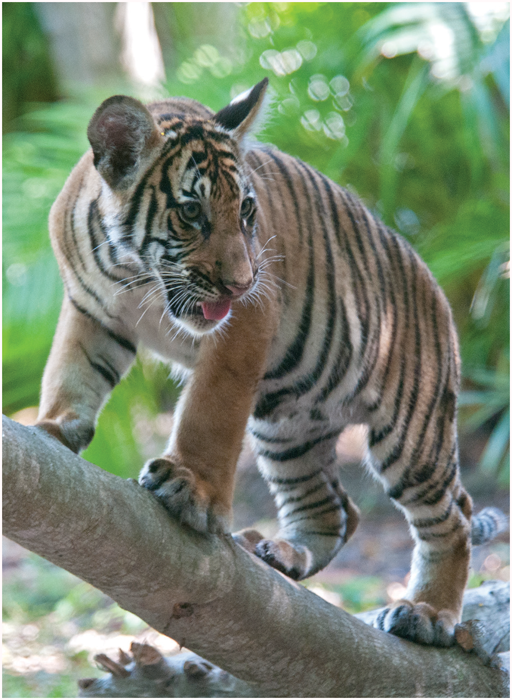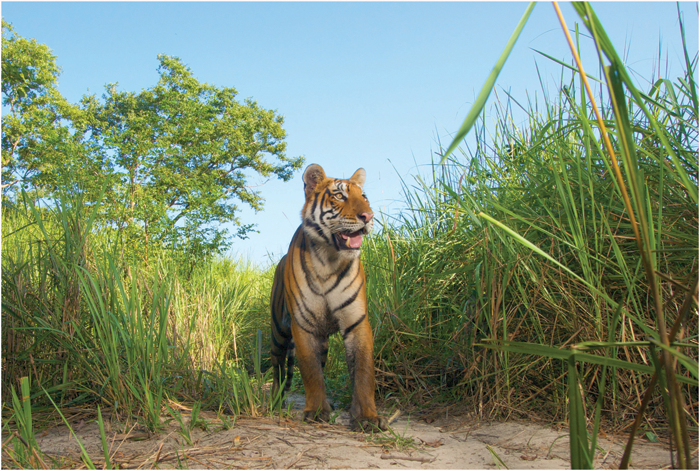Find out more
Books
100 Things You Should Know About Big Cats , Camilla de la Bedoyere (Mason Crest, 2010)
Everything Big Cats: Pictures to Purr About and Info to Make You Roar! ElizabethCarney (National Geographic Society, 2011)
Tiger (Animals on the Edge), Anna Claybourne (Bloomsbury Childrens, 2012)
Tigers (Amazing Animals), Sally Morgan (Franklin Watts, 2011)
Websites
www.arkive.org/tiger/panthera-tigris
Check out an amazing selection of videos and photos at this site.
kids.nationalgeographic.com/kids/animals/creaturefeature/tiger
This site is full of great information about tigers.
www.zsl.org/zsl-london-zoo/exhibits/tiger-territory
Find out about London Zoos two critically-endangered Sumatran tigers, and watch them live via webcams.
Organizations
These organizations are working in various ways to save the tiger. Visit their websites to find out about whats being done, join a campaign or make a donation, or adopt a tiger.
The Zoological Society of London
www.zsl.org/conservation/species/mammals/tiger-conservation
The World Wildlife Fund
www.panda.org/what_we_do/endangered_species/tigers
Panthera
www.panthera.org/species/tiger
What are big cats?
In the shadows between the trees of an Indian forest, half-hidden in the long, wavinggrass, a powerful predator lurks. Unseen by a quietly grazing chital deer, the tigerstealthily creeps closer, crouching low to the ground. A few moments later, it pounces,a flash of orange and black. It leaps onto the chital, its huge jaws clamping aroundits neck. The tigers dinner is served.
Furry family
Like small pet cats, tigers, along with other big cats, belong to the cat family,which scientists call the felids. The felid family includes many small and medium-sizedcats, such as the Scottish wildcat, lynx, bobcat, and ocelot. Only the biggest membersof the family are known as big cats. There are several types, or species :
- Tigers
- Lions
- Leopards
- Snow leopards
- Jaguars
- Pumas
- Cheetahs
- Clouded leopards
Being a mammal
Cats are part of a larger animal group, the mammals. Humans are mammals too, andso are dogs, mice, seals, and elephants. Mammals all share several features. Theyhave bony skeletons on the inside, and hair or fur on the outside. They are warm-blooded,meaning they can stay warmer than their surroundings. And mother mammals feed theirbabies on milk from their bodies.
BIG CAT FEATURES
Big cats share several features. Besides being large at least 1.5 metres (5 feet)long they are all carnivores or meat-eaters. They are not hunted by other animals,except when they are not yet fully grown. Big cats are also the only cats that canroar, unlike smaller cats, which meow, snarl, or purr.
What are tigers?
Of all the big cats living in the wild, the tiger is the biggest. A large male Siberiantiger on all four legs would stand face-to-face with an average 8-year-old human.From nose to tail, he would be almost as long as a small car. He could jump 45 metres(1316 feet) high, higher than a ceiling, or leap up to 9 metres (30 feet) rightacross a road. A tigers legs are thick and sturdy, its tail is long and heavy, andits body is packed full of powerful muscles.
Hunting machine
Like other cats, tigers are predators, and hunt other animals to eat. A tigers bodyis built for leaping suddenly onto large prey , like a wild boar or deer, and holdingit tight so it cannot escape. However, tigers dont hunt all the time. Like pet cats,they also love to snooze, lounge around, clean themselves, and play.
Why do tigers have stripes?
Tigers bright orange and black stripes make them instantly recognizable to us. However,the stripes actually provide camouflage among the long grasses and leafy forestsof Asia, where tigers live. Camouflage is vital for tigers, as they hunt their preyby stalking it as quietly and invisibly as possible. Like our fingerprints, eachtiger has its own unique pattern of stripes.
Meet the liger
There is one big cat thats bigger than a tiger: the liger. A liger is the offspringof a tiger mother, and a lion father, and can grow to almost 4 metres (13 feet) long.However, ligers only exist in zoos. They arent really a true species, and are notfound in the wild.
This Bengal tiger is in the middle of a breathtaking leap.
How are tigers classified?
Scientists classify all living things, meaning they sort them out into groups toshow how they are related. Each species belongs to its own particular group or genus.Each genus belongs to a larger family, each family is part of a larger order, andso on.
Where is the tiger?
A classification triangle like this is a good way to see how a particular animal,such as the tiger, is classified. At the top is the largest group that tigers belongto, the animal kingdom. As you go down, the classification narrows into smaller andsmaller groups, such as mammals and cats.
This diagram shows how the tiger is classified.
Six tigers
There is only one species of tiger, but it is divided into six types, or subspecies.The subspecies all look similar, but are different in size and in some body features,such as the thickness and colour of their coats. The six subspecies are:
- Siberian or Amur tiger
- Bengal or Indian tiger
- Sumatran tiger
- Indochinese tiger
- South China tiger
- Malayan tiger
There used to be three other subspecies too: the Bali, Javan, and Caspian tigers.They all became extinct during the 1900s.
LATIN NAMES
Every living thing has its own scientific name, written in Latin. Scientists allaround the world use Latin names so they all know what they are talking about, whateverlanguage they speak. Latin names are always written in italics, and have two parts.The tigers Latin name is Panthera tigris . Subspecies have an extra word added ontothe end of their names. For example, the Sumatran tiger is Panthera tigris sumatrae .
This is a rare Malayan tiger cub.
Where do tigers live?
A wild Bengal tiger at home in the grassy Indian jungle.

